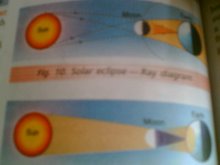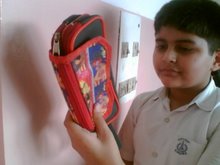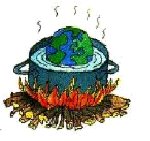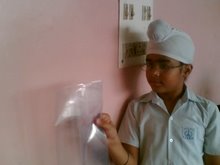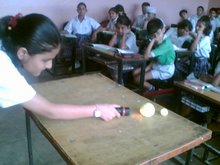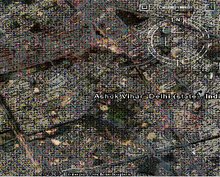
Kolam is a form of sandpainting that is drawn using rice powder by female members of the family in front of their home. It is widely practised by Hindus in South India. A Kolam is a sort of painted prayer — a line drawing composed of curved loops, drawn around a grid pattern of dots.
Kolams are thought to bestow prosperity to homes. Every morning in southern India, millions of women draw kolams on the ground with white rice powder. Through the day, the drawings get walked on, rained out, or blown around in the wind; new ones are made the next day. Every morning before sunrise, the floor is cleaned with water, the universal purifier, and the muddy floor is swept well for an even surface. The kolams are generally drawn while the surface is still damp so that it is held better. Occasionally, cow-dung is also used to wax the floors. Cow dung has antiseptic properties and hence provides a literal threshold of protection for the home. It also provides contrast with the white powder.
Decoration was not the sole purpose of a Kolam. In olden days, kolams used to be drawn in coarse rice flour, so that the ants don't have to work so hard for a meal. The rice powder is said to invite birds and other small critters to eat it, thus inviting other beings into one's home and everyday life: a daily tribute to harmonious co-existence. It is a sign of invitation to welcome all into the home, not the least of whom is Goddess Lakshmi, the Goddess of prosperity. The patterns range between geometric and mathematical line drawings around a matrix of dots to free form art work and closed shapes. Folklore has evolved to mandate that the lines must be completed so as to symbolically prevent evil spirits from entering the inside of the shapes, and thus are they prevented from entering the inside of the home.
3x3 dot all and only symmetry 9 Goddesses Swastika Kolam with a single cycle by Nagata S, each of which is corresponded to one of the nine Davi of the Hindu or the nine Muses in GreekIt used to be a matter of pride to be able to draw large complicated patterns without lifting the hand off the floor standing up in between. The month of Margazhi was eagerly awaited by young women, who would then showcase their skills by covering the entire width of the road with one big kolam.
The ritual kolam patterns created for occasions such as weddings can stretch all the way down streets. Patterns are often passed on generation to generation, from mother to daughter.
(from wikipedia)






























